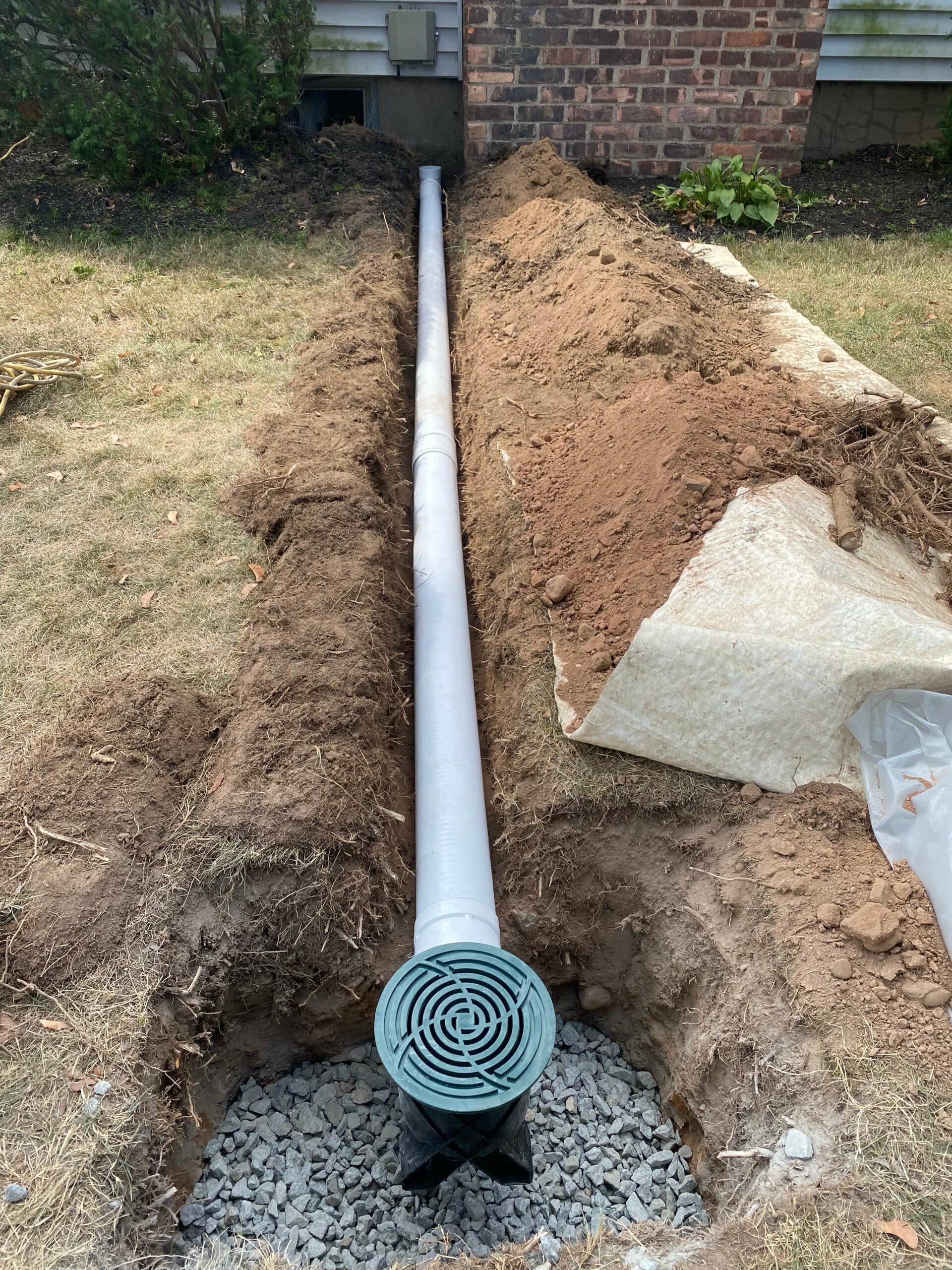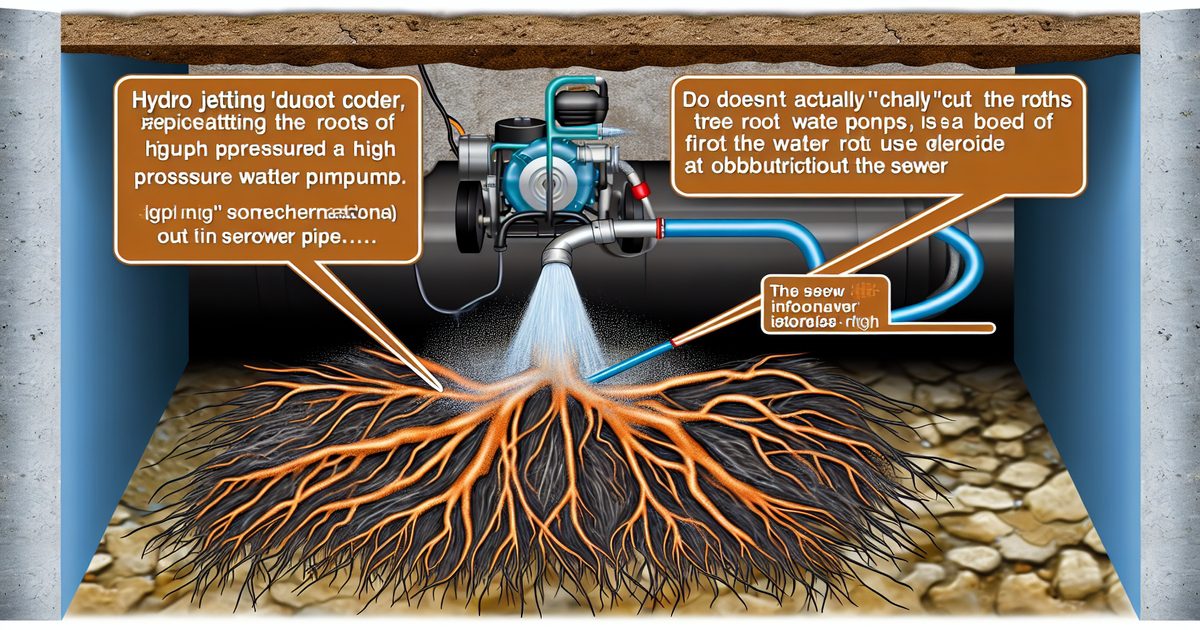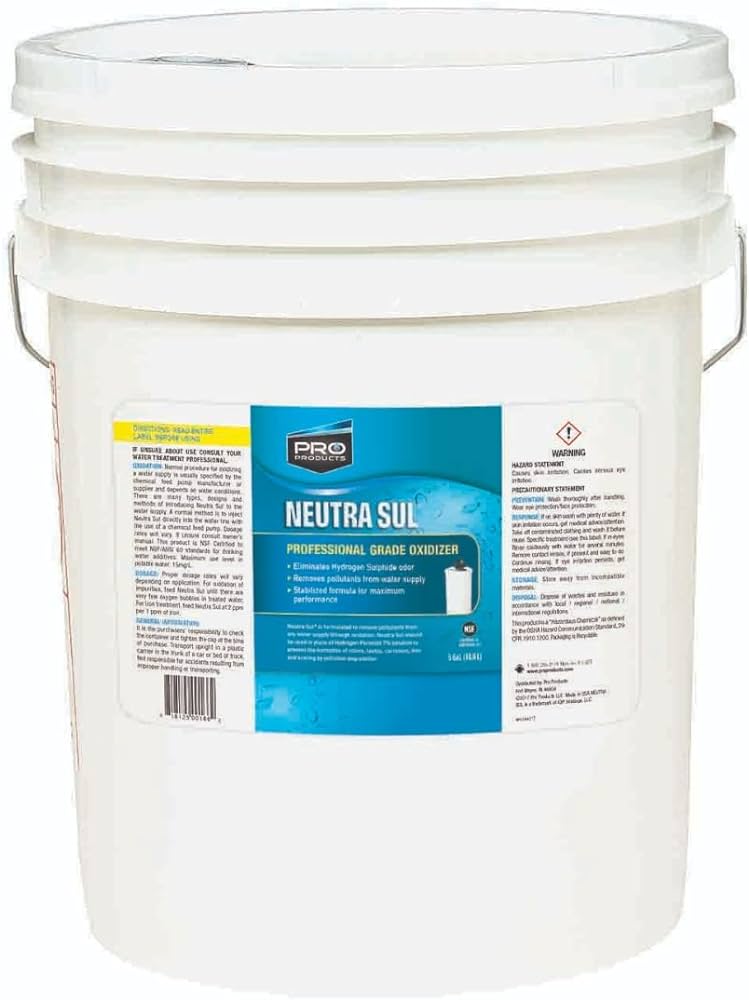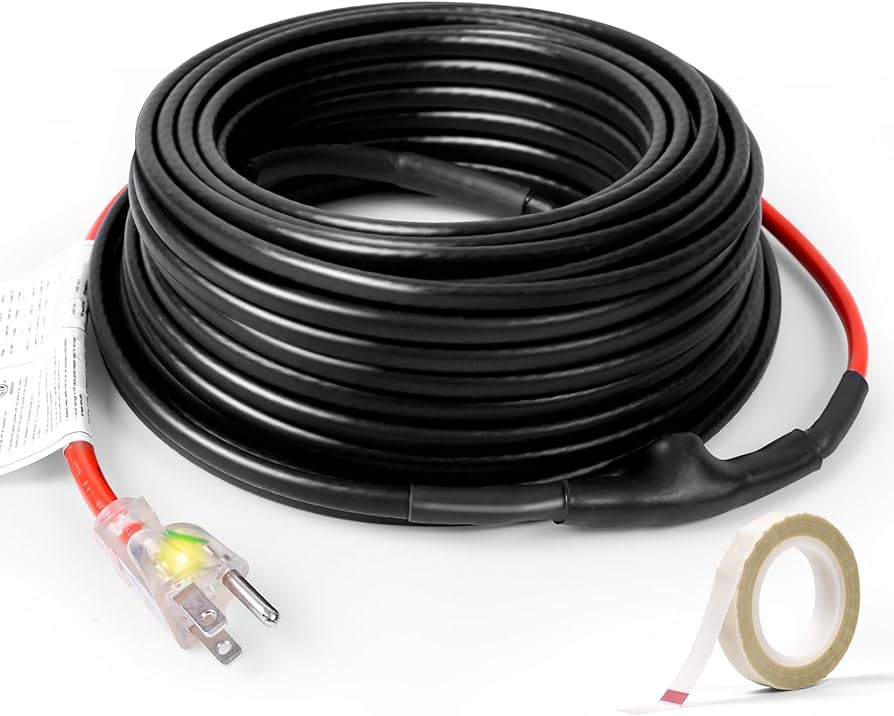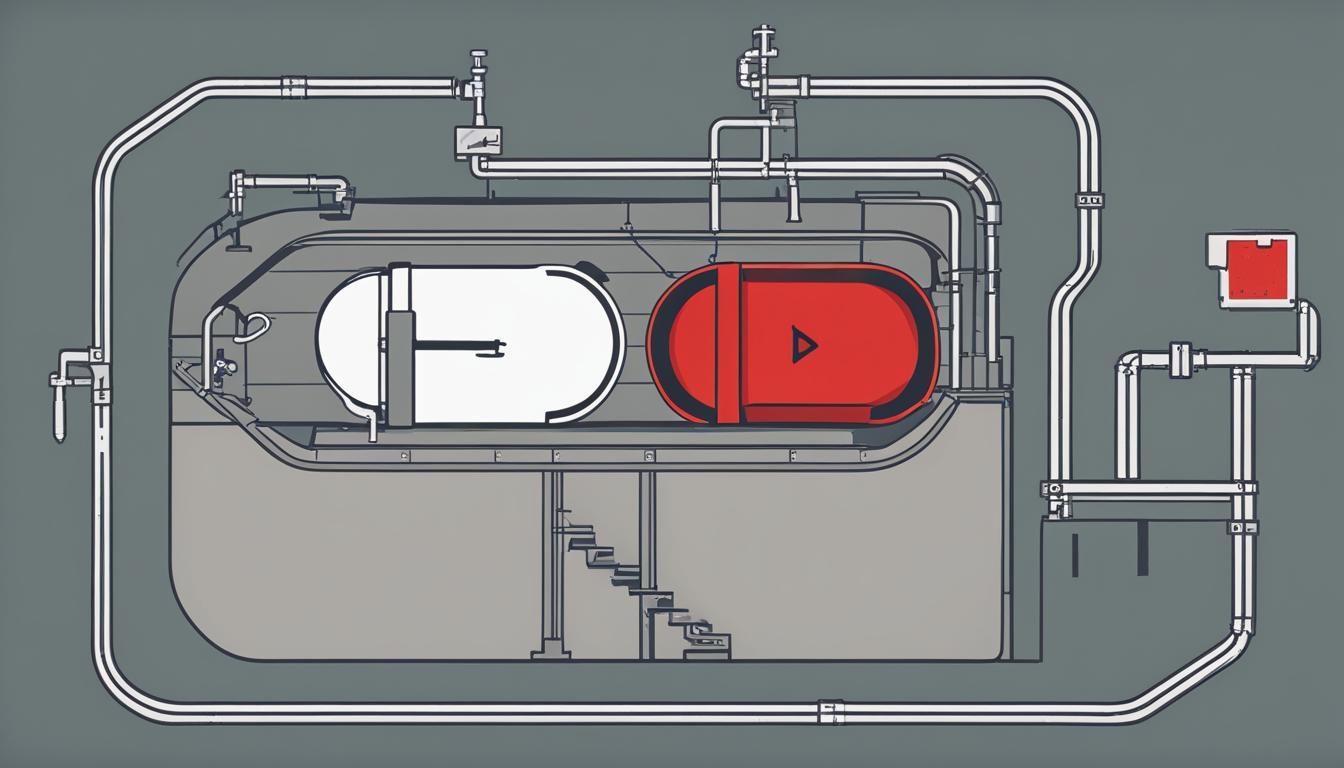To flush septic lines, locate the access point and remove the cap. Use a hose or jetting machine to flush water through the lines, pushing out any debris or clogs.
Importance Of Regular Septic System Maintenance
Septic lines play a crucial role in maintaining a healthy septic system. These lines facilitate the flow of wastewater from your home into the septic tank. Regular maintenance of these lines is essential to prevent potential issues. Neglecting septic line maintenance can lead to a variety of consequences, such as clogs, backups, and even system failure. It can also result in costly repairs and environmental hazards. Flushing septic lines regularly is strongly recommended to ensure their proper function and prevent the buildup of solid waste and debris. This proactive approach offers several benefits, including preventing unpleasant odors, improving the overall efficiency of the septic system, and extending its lifespan. By prioritizing regular septic line maintenance, homeowners can avoid costly repairs, protect their property value, and ensure a safer and healthier environment.
Signs That Indicate The Need To Flush Septic Lines
Having a properly functioning septic system is crucial for the overall well-being of your home. There are certain signs that indicate the need to flush your septic lines to prevent any potential major issues down the line. One of the telltale signs is slow draining sinks and toilets. If you notice that water is taking longer to drain or it is backed up, it may be a sign that your septic lines are in need of flushing. Another indication is foul odors emanating from drains. If you detect a persistent and unpleasant smell coming from your drains, it could be a sign that your septic lines are clogged and need flushing. Lastly, if you are experiencing frequent backups and blockages in your plumbing system, it is a clear indication that flushing your septic lines is necessary to restore proper functioning.
Step-by-step Guide To Flushing Septic Lines
- Septic tank pump
- Sump pump
- Hose
- Gloves
- Safety goggles
- Measuring tape
- Locate the septic tank and access lids
- Measure the sludge and scum levels
- Turn off power to any electrical components connected to the septic system
- Use a hose to fill the tank with water to the desired level
- Attach the sump pump to the hose
- Connect the hose to a cleanout or access point in the septic line
- Start the sump pump to flush the lines with water
- Clean the cleanout or access point and remove any debris
How to address any potential issues or complications:
- If there is a clog or blockage, try using a drain snake to clear it
- If the problem persists, contact a professional septic system service provider
Diy Vs. Professional Septic Line Flushing
When it comes to flushing septic lines, homeowners are often faced with the decision of whether to tackle the task themselves or hire a professional service. Choosing the right option depends on several factors, including the complexity of the job and the homeowner’s level of experience.
Pros And Cons Of Diy Septic Line Flushing
DIY septic line flushing can be an attractive option for those who are handy and have the necessary tools. It allows homeowners to save money and have more control over the process. However, there are a few drawbacks to consider. Firstly, it requires a certain level of knowledge and expertise to ensure that the job is done correctly. Additionally, it can be time-consuming, messy, and potentially hazardous if safety precautions aren’t followed.
On the other hand, hiring a professional service for septic line flushing offers several advantages. Professionals have the experience and equipment to quickly and efficiently clean the lines. They are also familiar with local regulations and can ensure that the job is done in compliance with any necessary permits. However, the cost of hiring a professional can be higher than the DIY approach.
Factors To Consider When Deciding Which Option To Choose
When deciding between DIY and professional septic line flushing, there are a few factors to consider. Firstly, assess your own level of expertise and comfort with handling the task. If you’re unsure or inexperienced, it might be best to leave it to the professionals. Secondly, evaluate the complexity of the job. If it’s a straightforward flushing, DIY may be an option, but if there are any complications or unique circumstances, professional help should be considered. Lastly, consider your budget and weigh the cost of hiring a professional against the potential risks and time investment of doing it yourself.
Maintaining A Clean And Functional Septic System
Regular septic system maintenance activities are crucial for preventing costly septic line issues down the line. By following some best practices, you can keep your septic system in optimal condition. Here are a few tips:
- Have your septic tank pumped regularly. Regular pumping helps eliminate buildup and prevent blockages in the septic lines.
- Avoid flushing non-biodegradable materials down the toilet or drain. Items like wipes, feminine hygiene products, and paper towels can clog the septic lines, leading to costly repairs.
- Use septic-safe household cleaning products. Harsh chemicals can disrupt the natural balance of the septic system and damage the beneficial bacteria that break down waste.
- Be mindful of water usage. Excessive water usage can overload the septic system and affect its performance. Fix any leaks or drips promptly and distribute water usage throughout the day.
- Keep heavy vehicles off the septic system area. Heavy vehicles can damage the pipes and septic field, leading to potential leaks and contamination of the surrounding soil.
- Avoid planting trees near the septic system. Tree roots can infiltrate and damage the septic lines, causing blockages and system failure.
By following these tips, you can maintain a clean and functional septic system. Regular maintenance activities and adopting best practices go a long way in preventing future septic line issues, saving you time, money, and headaches in the long run.
Common Mistakes To Avoid When Flushing Septic Lines
One of the common mistakes to avoid when flushing septic lines is using harsh chemicals that can harm the septic system. It is important to be cautious about the products you use, as certain chemicals can disrupt the balance of bacteria in the septic tank, leading to potential issues.
Another mistake to avoid is overlooking the importance of regular maintenance. Septic systems require periodic pumping and inspection to ensure they are functioning properly. Neglecting this maintenance can lead to blockages, backups, and costly repairs.
Additionally, it is important to address minor septic line issues promptly. Ignoring small problems can escalate into larger, more costly issues over time. Regularly inspecting the septic system and addressing any minor issues can help prevent major problems down the line.
Faqs About Flushing Septic Lines
Flushing septic lines is an important maintenance task to ensure the proper functioning of the septic system. Regular flushing helps prevent clogs, backups, and potential damage to the system. The frequency of septic line flushing depends on various factors such as the size of the system, the number of occupants in the house, and the usage. It is generally recommended to flush the septic lines every 1 to 3 years.
Using homemade remedies for flushing septic lines is not advisable. While some DIY recipes might seem effective, they can actually be harmful to the septic system. Harsh chemicals or excessive amounts of certain substances can disrupt the natural balance of bacteria in the system, leading to further problems. It is important to use septic-safe products recommended by professionals.
It is necessary to hire a professional for septic line flushing. Septic systems are complex and require specific knowledge and equipment for proper maintenance. Professionals have the expertise to handle the process safely and effectively, ensuring the longevity of the septic system. Moreover, they can identify any potential issues during the flushing process and provide necessary repairs or recommendations. Hiring a professional will give you peace of mind and save you from potential costly repairs in the future.
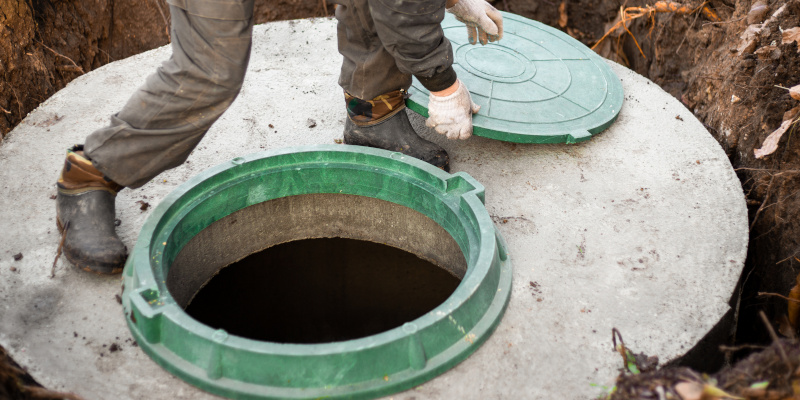
Credit: deglerwaste.com
Frequently Asked Questions For How To Flush Septic Lines
How Do You Clear Septic Field Lines?
To clear septic field lines, it is best to hire a professional service. They will use specialized equipment to remove clogs and blockages from the lines, ensuring proper drainage. Regular maintenance and avoiding flushing of non-biodegradable items can help prevent future issues.
How Do I Know If My Septic Line Is Clogged?
To determine if your septic line is clogged, watch out for signs like slow draining sinks, gurgling toilets, or odors in your plumbing. These indicators suggest a clog that may require professional attention. Call a septic specialist for a thorough inspection.
Can You Unclog Lateral Lines?
Yes, we can unclog lateral lines. Our expert team is skilled in unclogging and repairing lateral lines, ensuring the smooth flow of wastewater. We use advanced techniques to remove blockages and restore proper function to your plumbing system. Trust us to solve your lateral line issues effectively.
How Do You Know If Field Lines Are Bad?
Field lines can be considered bad if they are damaged, degraded, or show signs of wear and tear. This can be determined by visual inspection, testing for continuity, or using specialized equipment to identify any faults or discrepancies in the field lines.
Regular maintenance and inspection are recommended to ensure the integrity and performance of the field lines.
Conclusion
Remember, keeping your septic lines clean and free of clogs is crucial to maintaining a healthy and functional septic system. By following the steps outlined in this guide, you can safely and effectively flush your septic lines. Regular maintenance and proper waste disposal practices are key to preventing costly repairs and potential environmental hazards.
So, take the necessary steps to care for your septic system and enjoy the benefits of a trouble-free and efficient septic system for years to come.
